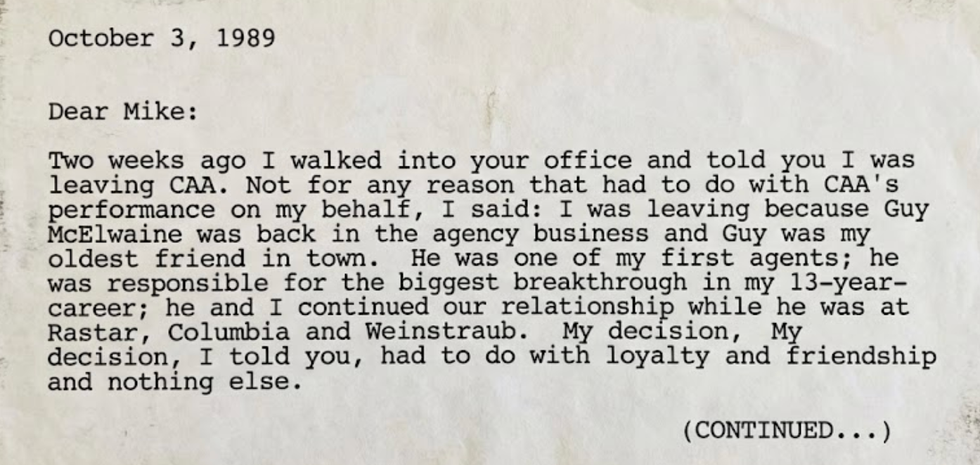In an attempt to cut down on the number of injuries football players accrue, the Canadian Football League and the Canadian Football League Players Association announced this week that, moving forward, they were eliminating all full-contact, padded practices during the course of the 21-week-long regular season.
“Today, we stand shoulder to shoulder on the important issue of player health and safety,” Randy Ambrosie, commissioner of the CFL said, per the league’s website. “We have developed and agreed upon these changes in the spirit of partnership and in pursuit of a shared goal: making the game we all love safer for the elite athletes who thrill our fans with their skill and talent.”
In the announcement, neither the CFL nor the CFLPA specifically cited head trauma, concussions, or the subconcussive blows that football players suffer as a matter of course. Instead, they stuck to more general terms like “player safety” and “physical wear and tear.” But it’s not hard to read between the lines, when CFLPA executive director Brian Ramsey cited “increasing public awareness about our members’ safety” as a motivating factor behind both the restrictions on practices and lengthening the schedule by an additional week, giving all CFL teams a total of three bye weeks, as opposed to two. (For comparison, the NFL only offers one bye week over the course of its 16-game regular season.)
It’s not just that Chronic Traumatic Encephalopathy was discovered in 87% of the 202 brains from high school, college, and pro football players that were posthumously donated to the CTE Center at the Boston University School of Medicine, the leading CTE research facility in the U.S. In a recent two-year study, tests were conducted on 22 retired CFL players, compared with an additional 20 men in a similar age group who had gone concussion-free. The results were, as the Toronto Star reported, “horrifying” and “almost hard to believe,” to the point where one researcher said that players were functioning as if they had “the brain of an 80-year-old, maybe 90-year-old,” even though they were years removed from their playing days and their last reported concussion.
From the study:
“95 per cent of the players had decreased activity in a part of the prefrontal cortex believed to be associated with decision-making, when compared to an average level of activity in the control subjects.
On average, the players had ‘significant’ thinning in 65 per cent of their cerebral cortex area, compared to people in the control group.
The players’ average score on the
Beck Depression Inventory was nearly four times higher than the average for the control subjects. Seven out of 22 players showed some signs of depression.”
The steps taken by the CFL represent a good first step, even if it’s not the concussions but the untold number of subconcussive blows that are proving a significant factor when it comes to future cognitive and behavioral issues. Unfortunately, it doesn’t seem like the NFL is in any rush to match their Canadian counterparts.
In 2016, The Ringer reported that coaches were already grumbling about the existing limits on practice time and the potential impact it was having on the quality of play. The current collective bargaining agreement runs through 2021, and any limits on the number of full-contact practices would need to be put on the docket, presumably by the NFLPA, which has had little success in extracting concessions from the league in the past. According to ESPN, the NFLPA and CFLPA have held a few preliminary conversations, but when then the NFL was pressed as to whether they planned to follow the CFL’s lead, a spokesman provided this non-answer: “We are eager to discuss with the union at the earliest possible time health and safety matters and all other issues covered by the CBA.”

















 A hotel clerk greets a guestCanva
A hotel clerk greets a guestCanva Gif of Faye Dunaway' as Joan Crawford demanding respect via
Gif of Faye Dunaway' as Joan Crawford demanding respect via  An empty rooftopCanva
An empty rooftopCanva
 A road near equatorial Atlantic OceanCanva
A road near equatorial Atlantic OceanCanva Waves crash against rocksCanva
Waves crash against rocksCanva

 Two people study a mapCanva
Two people study a mapCanva Foggy Chinese villageCanva
Foggy Chinese villageCanva

 An excerpt of the faxCanva
An excerpt of the faxCanva